Electrical & Automation
A Guide To The Automation Body Of Knowledge Third Edition
Views : 50
A Guide To The Automation Body Of Knowledge Third Edition
Source: https://www.isa.org
Author: Nicholas P. Sands, Ian Verhappen
Usually dispatched in 2 to 3 days
Usually dispatched in 2 to 3 days
Category:
Electrical & Automation
Only logged in customers who have purchased this product may leave a review.
Related books
Field Instrumentation
Basic terms related to temperature
Different scales conversion
Basic temperature measuring techniques
RTD’s and its application
Thermocouples and their applications
Comparison between RTDs and Thermocouples
State the effect on the indicated temperature for failures, open circuits, and short
circuit
Field Instrumentation
Basic terms related to temperature
Different scales conversion
Basic temperature measuring techniques
RTD’s and its application
Thermocouples and their applications
Comparison between RTDs and Thermocouples
State the effect on the indicated temperature for failures, open circuits, and short
circuit
Using EDI to Meet the Needs of Pure Water Production
Summary
This report describes the advantages of using EDI for ultrapure water production for power plant boiler makeup water and microelectronics fabrication rinse water. Operating data is presented showing the advantages of EDI for these applications.
Using EDI to Meet the Needs of Pure Water Production
Summary
This report describes the advantages of using EDI for ultrapure water production for power plant boiler makeup water and microelectronics fabrication rinse water. Operating data is presented showing the advantages of EDI for these applications.
Electrical Advanced-Level Training
Introduction:
This training is recommended for inspectors performing component design bases inspections (CDBIs) or other detailed inspections of electrical systems. Inspectors with demonstrated experience may be grandfathered in the completion of this training, if approved by the division director.
Completion of technical proficiency-level training (Appendix C in IMC 1245) is strongly recommended before beginning this training. You may complete the requirements in this training standard along with the general proficiency requirements contained in Appendix B and
the technical proficiency requirements in Appendix C.
Objectives of Advanced-Level Training This training focuses on the activities necessary to fully develop individuals as lead or “experts” in the electrical inspection area. It is not the intent that all certified inspectors will complete all of the ISAs in this advanced appendix. In addition, this appendix should also be viewed as an inspector’s aid and could be used during an inspection to assist in inspecting a particular area.
Electrical Advanced-Level Training
Introduction:
This training is recommended for inspectors performing component design bases inspections (CDBIs) or other detailed inspections of electrical systems. Inspectors with demonstrated experience may be grandfathered in the completion of this training, if approved by the division director.
Completion of technical proficiency-level training (Appendix C in IMC 1245) is strongly recommended before beginning this training. You may complete the requirements in this training standard along with the general proficiency requirements contained in Appendix B and
the technical proficiency requirements in Appendix C.
Objectives of Advanced-Level Training This training focuses on the activities necessary to fully develop individuals as lead or “experts” in the electrical inspection area. It is not the intent that all certified inspectors will complete all of the ISAs in this advanced appendix. In addition, this appendix should also be viewed as an inspector’s aid and could be used during an inspection to assist in inspecting a particular area.
VFD Smart Drive Technology Saving Electric Motor Energy
Electric Motors Use 70% of the World’s Power
■ We impact that load 30 – 50%
■ Savings can be as much as 20% to 30% on the overall bill
■ Look for 1hp and above operating at least 2,000 hrs/yr
VFD Smart Drive Technology Saving Electric Motor Energy
Electric Motors Use 70% of the World’s Power
■ We impact that load 30 – 50%
■ Savings can be as much as 20% to 30% on the overall bill
■ Look for 1hp and above operating at least 2,000 hrs/yr
Concept of SCADA System
SCADA is an acronym for Supervisory Control and Data Acquisition
❑ Data Acquisition :
Gathers information from widely distributed processes
❑ Supervisory Control :
Calculate and give limited control instructions to distant process facilities
Concept of SCADA System
SCADA is an acronym for Supervisory Control and Data Acquisition
❑ Data Acquisition :
Gathers information from widely distributed processes
❑ Supervisory Control :
Calculate and give limited control instructions to distant process facilities

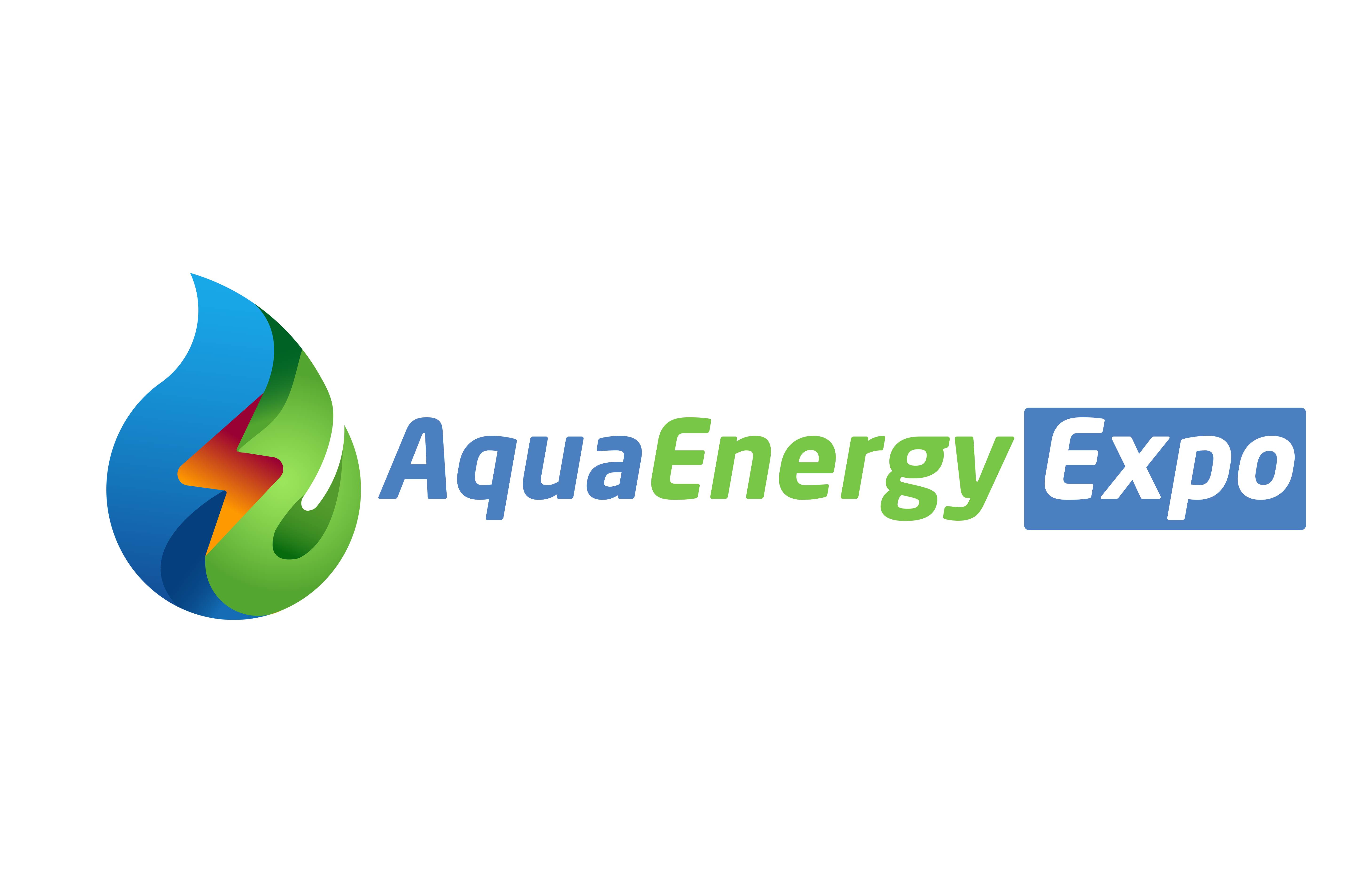

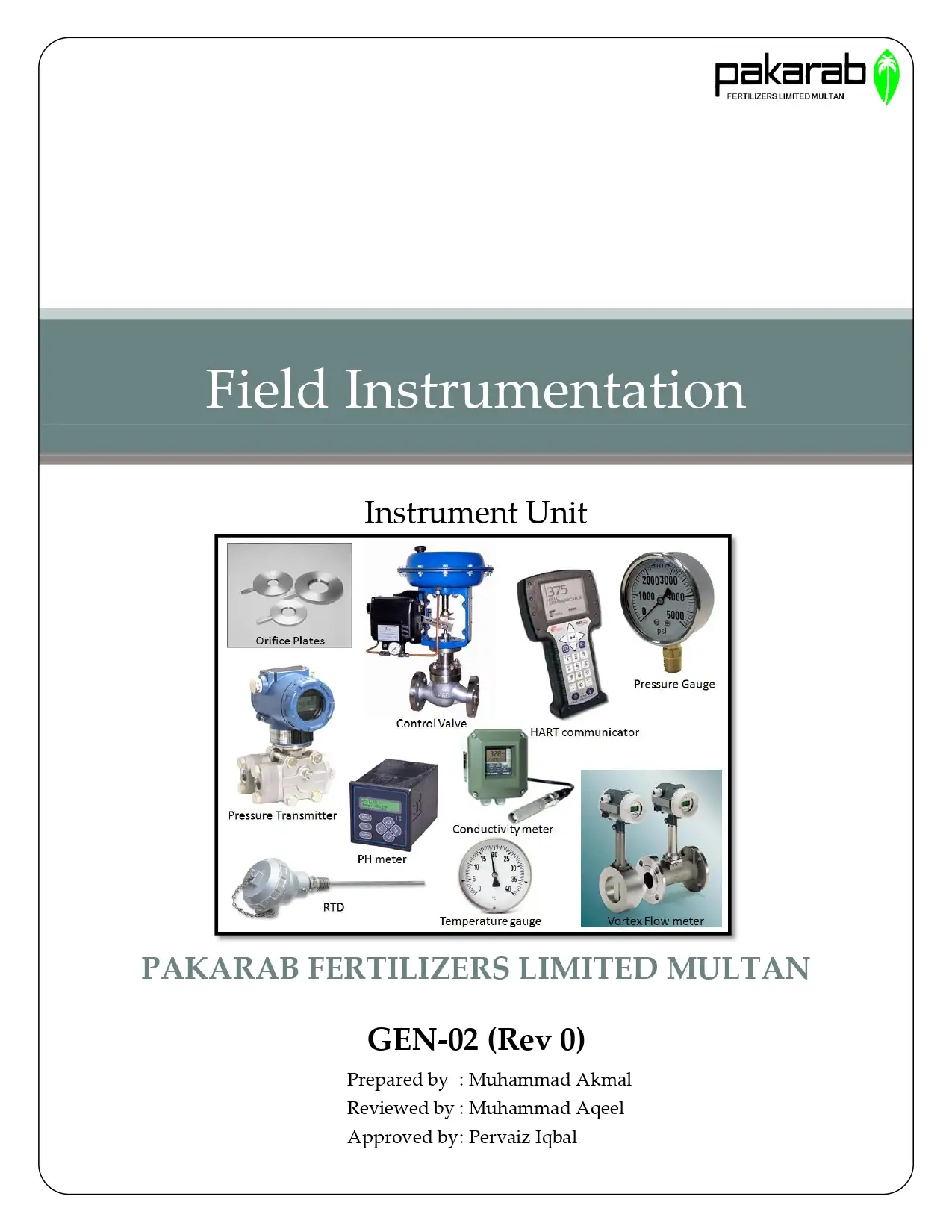
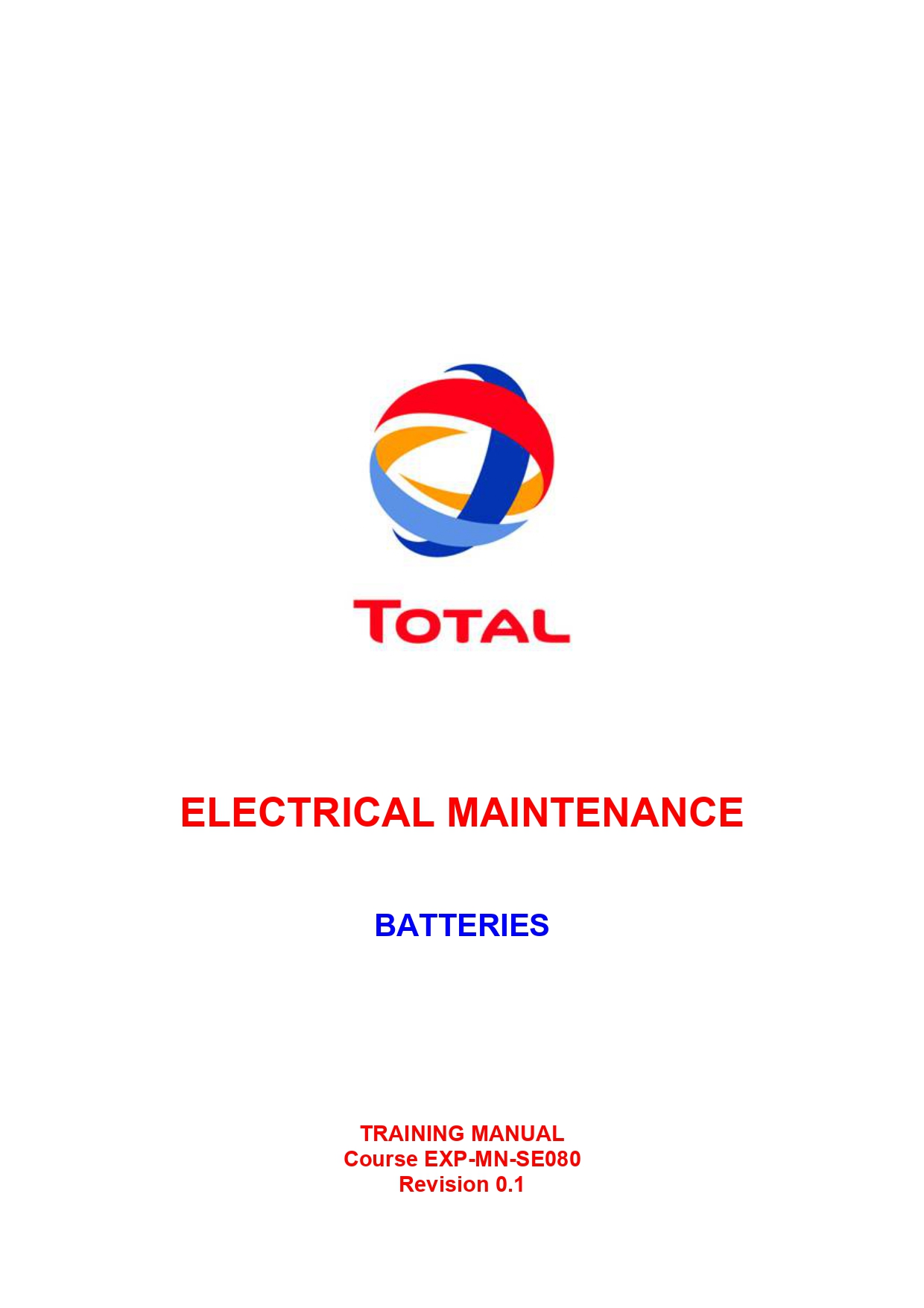

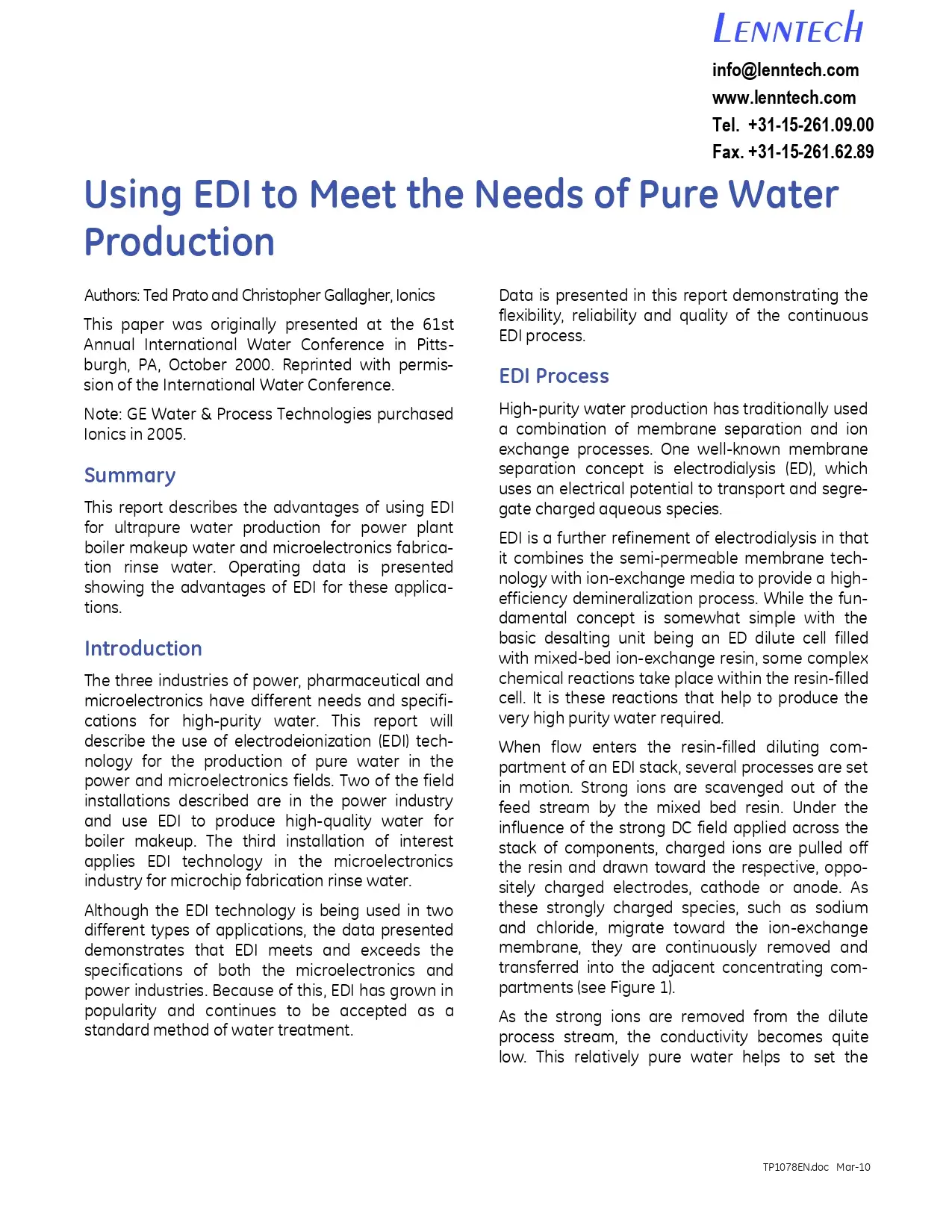


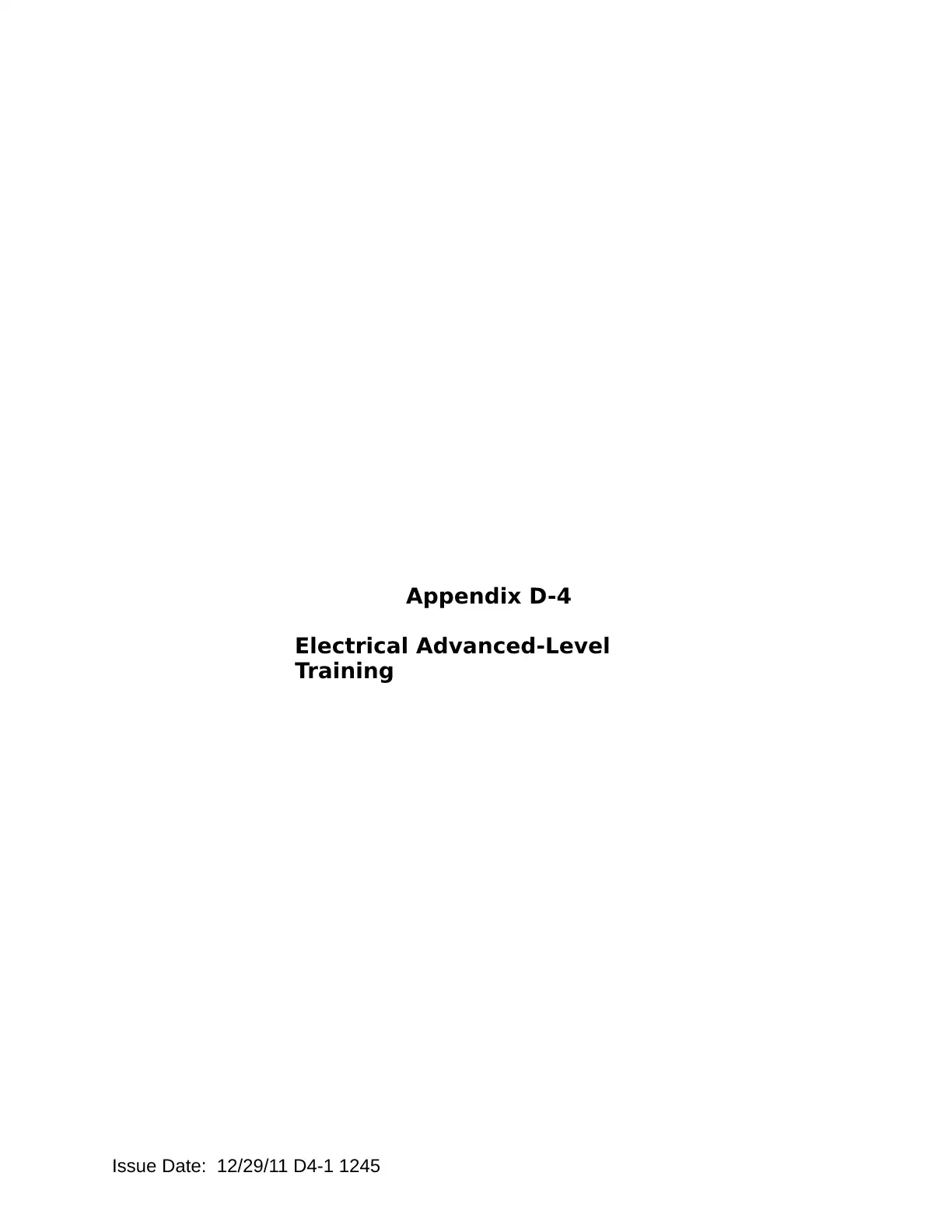
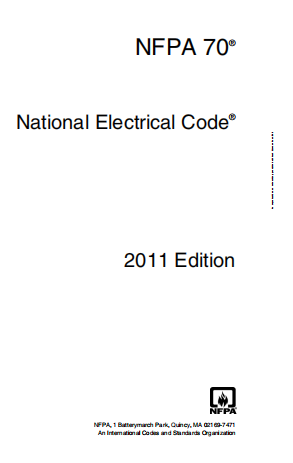



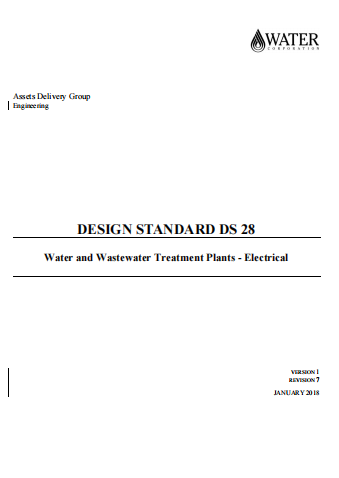
Reviews
There are no reviews yet.